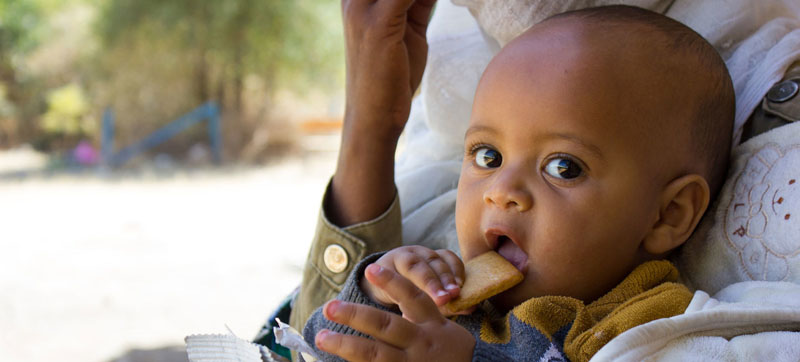 Ethiopia
Ethiopia Ethiopia: ‘Incomplete but troubling picture’ reveals impact of Tigray crisis on children
New York:Humanitarians are learning more about the dire situation of children in Ethiopia’s Tigray region, where fighting continues between Government troops and regional forces of the Tigray People’s Liberation Front (TPLF).
As more supplies and emergency personnel reach the area, “an incomplete but troubling picture” is emerging which reveals children are experiencing severe and ongoing harm, the UN Children’s Fund (UNICEF) reported on Friday.
“The partial picture emerging of the impact the crisis in Tigray has had on children – and the systems and services they rely on – make clear that children are in acute need of protection and assistance”, the agency said in a press release.
“Crucially, the humanitarian community still needs to get beyond major cities and towns into the rural areas, where most of the population live, in order to have a true picture of needs.”
Separation and deep psychological stress
A UNICEF team accompanied by regional health officials travelled to the town of Shire, in Central Tigray, from 4-7 February, bringing six trucks of emergency supplies. This marked the first UN mission there since the conflict began in November.
Shire has a population of approximately 170,000, and now hosts at least 52,000 internally displaced people (IDPs). UNICEF and the International Committee of the Red Cross (ICRC) are trucking water to the town, where there was no drinking water as the water treatment plant is not functioning. The mobile network, Internet and banking services are still not working.
Many IDPs are sheltering in schools, none of which are operational, and conditions at displacement sites are dire.
“Many families were separated as they fled, and there were many unaccompanied or separated children among the IDPs”, said UNICEF. “Many families reported deep psychosocial distress and said they did not feel it was safe to return home, speaking of a persistent and pervasive fear of present and future harm.”
Grave threats for malnourished children
The displaced people said food is their most urgent need. An assessment conducted by UNICEF partners found prevalence of severe acute malnutrition, which is potentially life threatening, was above emergency levels set by the World Health Organization (WHO).
“The very real risk of disease outbreak, coupled with poor access to water, sanitation, hygiene and health services, rising food insecurity and inflation in food prices, poses grave threats for malnourished children”, the agency warned.
UNICEF has dispatched some 655 metric tonnes of supplies to the area, including emergency health kits, therapeutic food and high energy biscuits, and personal protective equipment. Additional supplies are on the way.
Support Our Journalism
We cannot do without you.. your contribution supports unbiased journalism
IBNS is not driven by any ism- not wokeism, not racism, not skewed secularism, not hyper right-wing or left liberal ideals, nor by any hardline religious beliefs or hyper nationalism. We want to serve you good old objective news, as they are. We do not judge or preach. We let people decide for themselves. We only try to present factual and well-sourced news.







